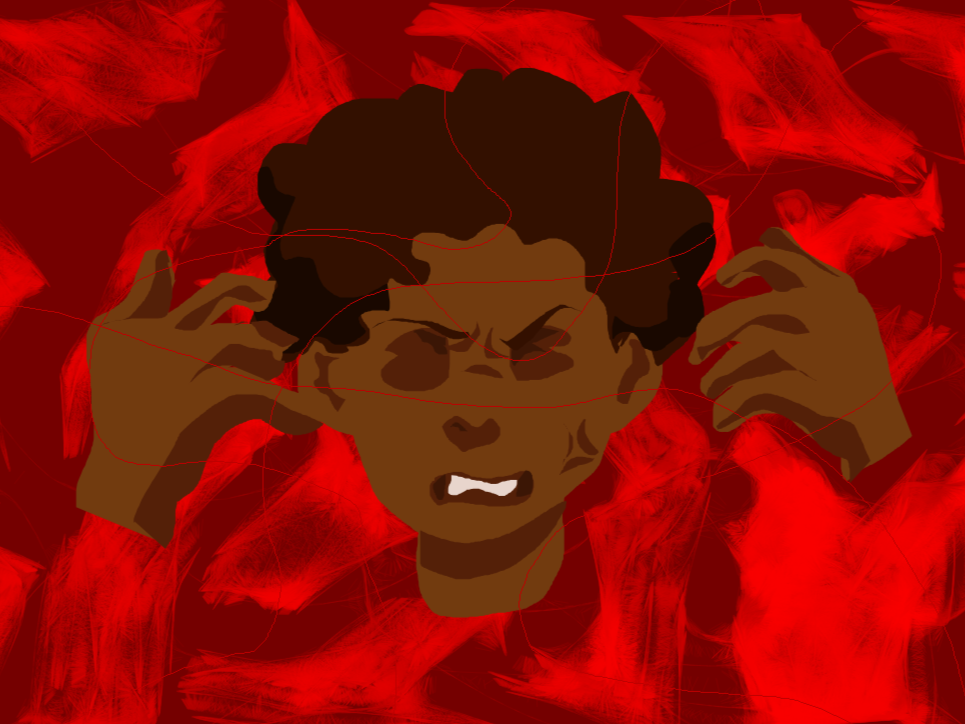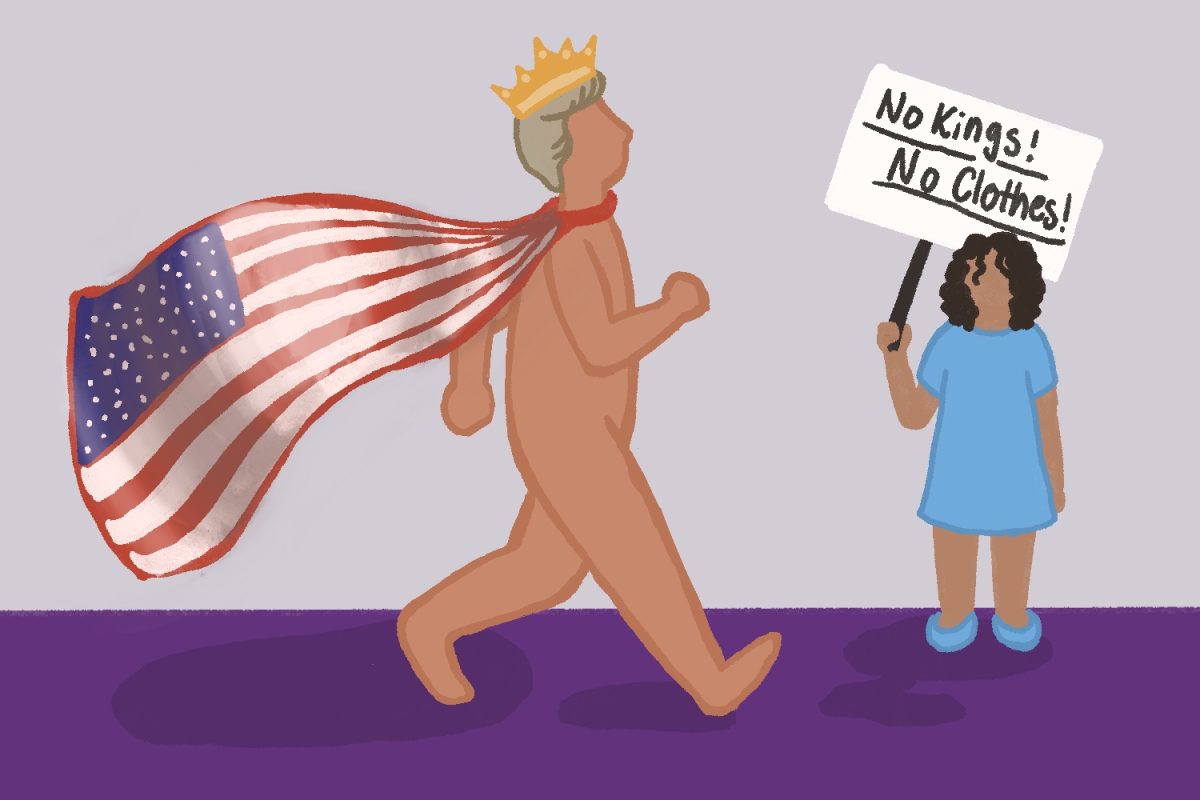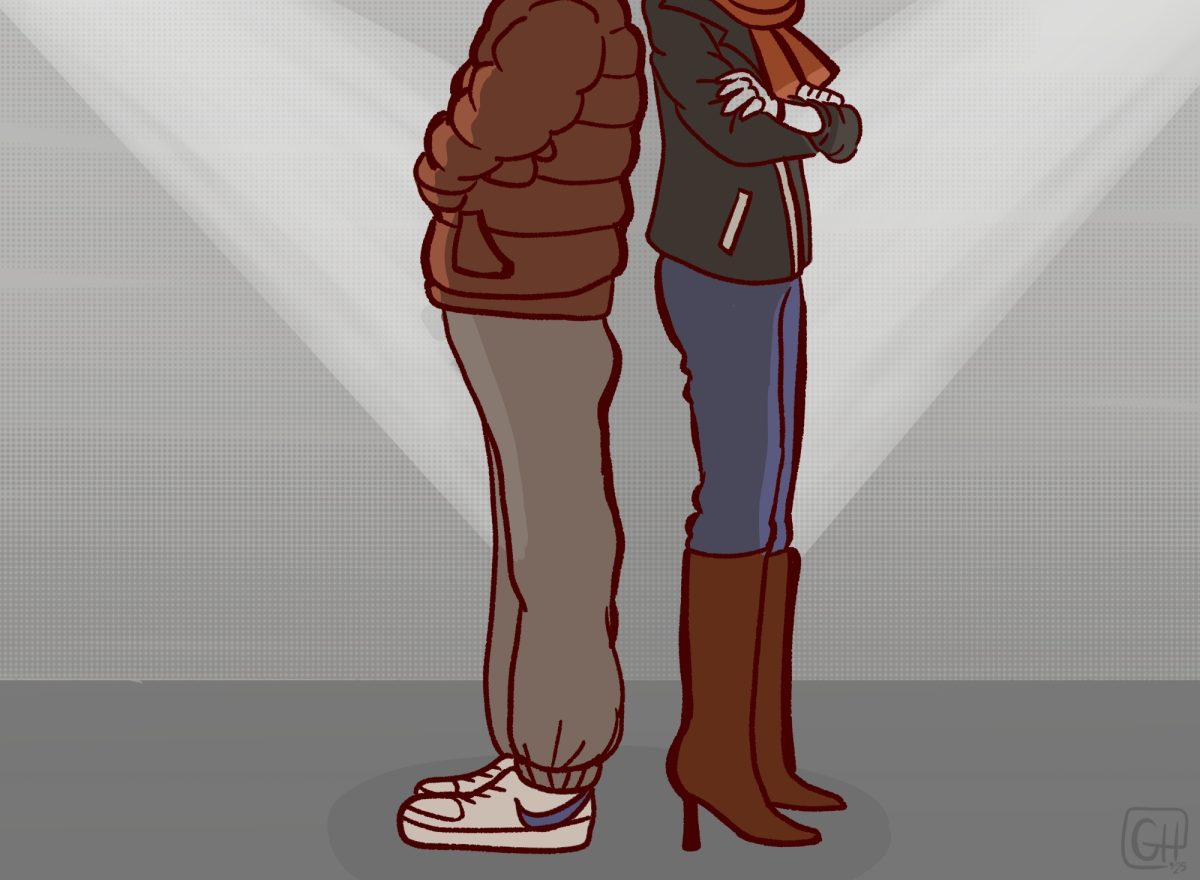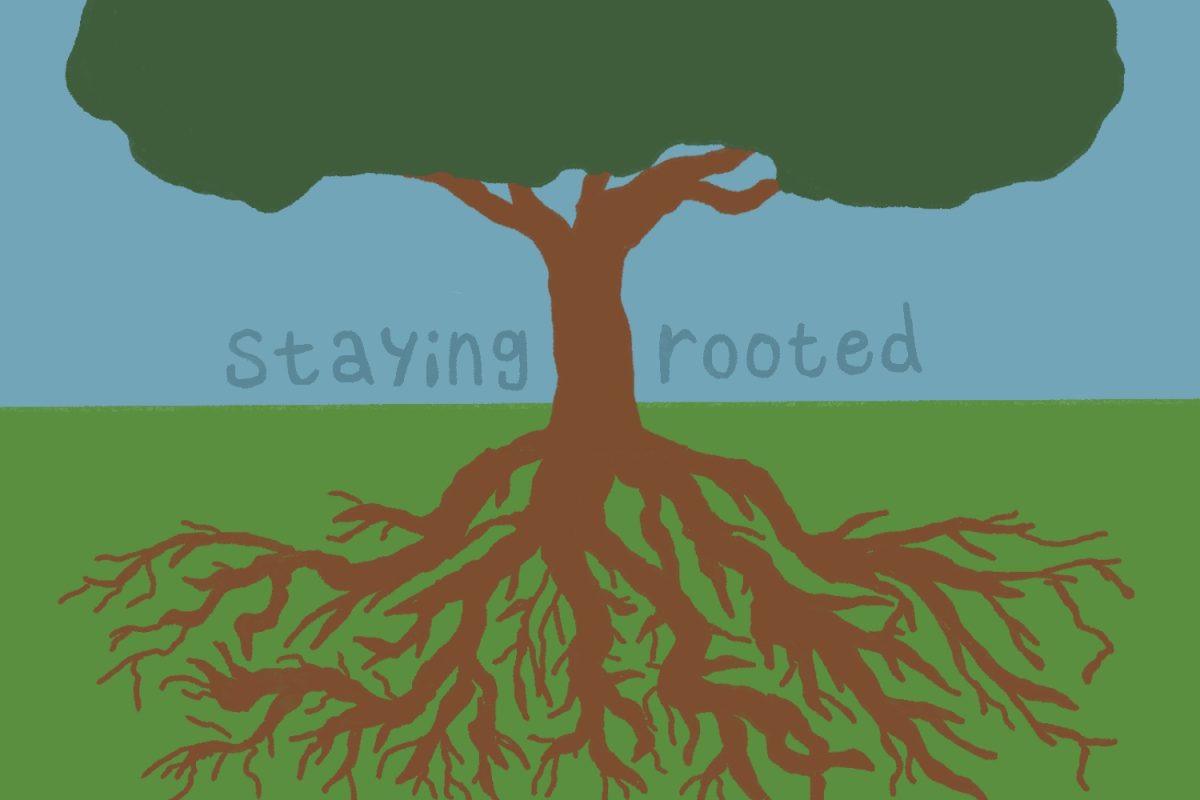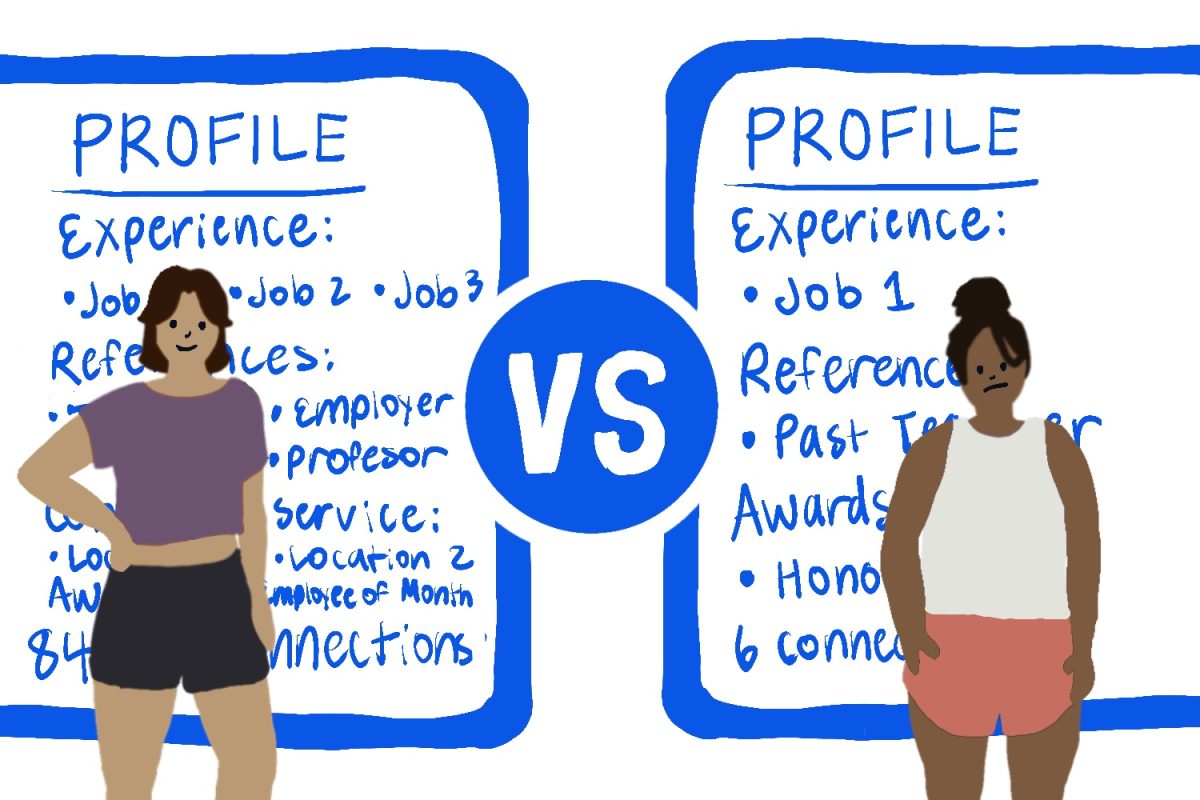Once upon a time, in a land not-so-far away, when dinosaurs roamed the Earth and kings and queens ruled it (okay, maybe not that last part), Microsoft was but a mere grease spot in the grand annals of history. And without Microsoft, there was no delicious compilation of useful programs in an ‘Office Suite.’ Thus, presentations and lectures were – dare I say it – PowerPoint-less. Then Bill Gates started pretty much wrecking everyone in the computer technology game and our lives were forever changed.
I’ll never forget my first experience with PowerPoint, a fact that is not only odd, but also incredibly lame. It was seventh grade and we went to the computer lab as a class, where our teacher gave us a brief overview of this great new program we should learn. Slides! Animation! Background templates! Timing! Everything a child, or for that matter, adult, with a lecturer’s gleam in her/his eye could ask for. But this wasn’t the end of it. A few days later, in Tech Ed, the teacher asked us to make PowerPoint presentations for our projects (which I think were magnetically levitated trains, i.e. awesome). My partner and I set upon the task furiously, playing with timing and slide transitions (we vowed never to use the same animation twice), and generally creating a masterpiece. Looking back on it, our blue-to-orange diagonal fade background with white type and infinity sign-bulleted points was anything but professional; the garish nature of that ugly beast could only be compared to a bald Britney in plaid velour.
Happily enough, I didn’t really encounter PowerPoint for the rest of middle school or even high school. And then I came to college. The lecture halls and projection screens beg for a laptop hook-up, the enormity (please, please, PLEASE look this word up and stop using it wrongly) of the size of classes cater to the use of technology in teaching and so I’ve been often told on the first day of class, ‘Notes will be posted before/after class on the course website.’
This, of course, is awesome. Or so it seems. Professors can blow through material and examples with clicks of a mouse or remote control. Your notebooks don’t get crowded with (sloppily) handwritten notes. Just print the notes out and follow along. Or take some notes during class and fill in the blanks with the printed out slides after class. Six slides per sheet of paper and you’re not even worried about killing too many trees (at least before the printing policy changed).
And because technology begets technology, we’re now blessed with CourseInfo and Blackboard, which are essentially the same thing and, I’m told, owned by the same people. So now we have notes-on-demand as well as a vessel for homework, announcements, miscellaneous handouts, even a discussion board forum. What could be better?
But it ain’t all gravy, baby. At least not to me. You see, I have this problem where at the slightest disinterest with the material being discussed, I start to doze. It’s really bad. I’m one of those people you make fun of during lecture whose head is bobbing back in forth, fighting to stay out of a sleep-like state, barely taking notes and generally looking foolish. And it’s not as though I want to fall asleep. I wouldn’t go to class if I wanted to fall asleep. I honestly can’t help but doze when I’m bored. And unfortunately, if I already have the notes, or know the notes are coming later on, I can pretty easily lose interest in a lecture, even if (as in most cases there are) there is addenda/ clarification to the material as part of the lecture.
So I did a little research, a little reconnaissance, if you please, about PowerPoint (not real research, Wikipedia) and stumbled upon the phrase, ‘Death by Powerpoint,’ which is a term that was coined to describe the sleepy/disinterested states caused during PowerPoint presentations. (By the way, I never realized how gratifying it was for your affliction to have a name.) Thusly inspired, I took a rigorous poll of students across America (read: informal poll of two people), who both shared similar boredom from PowerPoints. One complained about professors moving too quickly through material, the other, about professors reading directly from slides.
I can’t pretend like technology isn’t useful in teaching. The efficiency of not having to hand out assignment sheets to large classes at the beginning of class, for instance, is an incredible gift to students and professors alike. And there’s hardware/software that allows professors to write (chalkboard-style) on slides, which is a great combination of the image-presentation of PowerPoint and the more hands-on nature of chalk. But the fact that the title of this column might have made you think of blackboard.bu.edu instead of the grand and underused blackboards of our classrooms is revolting. That part of the reason that some of us (yes, myself included) like PowerPoints is that it lets us be a little lazy isn’t really a positive thing. What we potentially lose in our tech-laden classrooms is the explanation of slide-simplified concepts, the engagement of figuring out your professor’s handwriting and scribbling down whatever he/she just wrote, and even the need, and more importantly will, to go to class and learn. Hark! The herald angels chalked.

































































